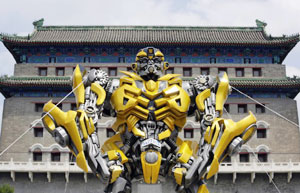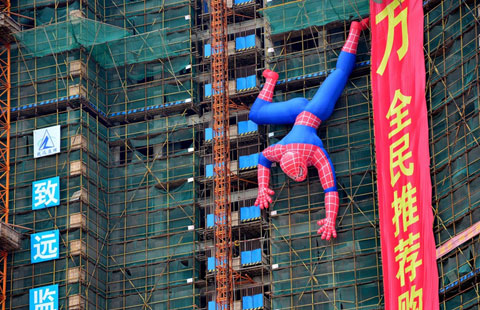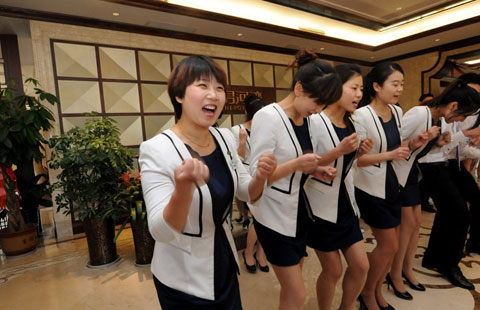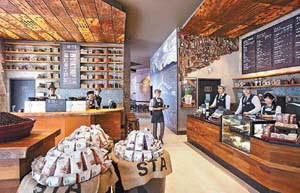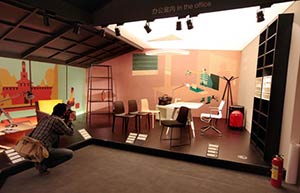Brewing success cup by cup
By Wang Zhuoqiong (China Daily) Updated: 2014-06-20 07:19Making tailor-made products for specific markets like China is not the only innovation that Starbucks is doing, he said adding that since 2010, the company has also been improving the design of its China outlets to "better reflect the character of their neighborhoods".
Creating a unique experience in store that is very sensitive and locally relevant is what keeps customers coming back. That includes the beautifully designed ambience, thoughtful services and good products, said the chairman.
The coffee chain recently unveiled two iconic flagship stores in Beijing, to create an experience of balancing its 43-year coffee heritage with China's modern lifestyle.
The "coffee tribute" store in east Beijing's central business district was designed by members of the in-house Starbucks Global Design team and the local Starbucks China Design Studio, one of the 18 international design offices worldwide.
Schultz is all praise for it. "It is the most beautiful, elegant and stylish Starbucks outlet in the world," he said in a way that a proud parent talks about his child. "I am so impressed with that store and I want to move in there," he said with pride.
"If we do it right, and if our coffee proves in the cup every time, along with unique, respectful services and happy partners (employees), then growth will take care of itself," said Schultz.
Crabbe of Mintel said the added value of coffee shops is the image and the ambience it provides. People are not just paying for coffee, but for the status that drinking coffee in a Starbucks outlet bestows on them. Having a Starbucks loyalty cards is almost like a badge of success, he said.
Though there is competition for Starbucks in every market it is in, the truth is in China, the competition might be more intense. Based on Mintel's market value estimates, the cafe market grew in value by about 95 percent between 2009 and 2013, with the number of outlets growing by 63 percent. Over the same period, total teahouse sales grew by 47 percent and outlet numbers barely increased by about 4 percent.
But Starbucks is not looking to sell coffee alone in China. The coffee chain is likely to bring its tea business to China at some point in time soon. Last year Starbucks acquired US-based Teavana to tap the tea drinking market, which is estimated at $90 billion globally. The new member to the coffee empire is expected to bring more new consumers and more profits, especially from countries outside of the US, where Teavana has 300 stores currently.
"We are looking at strategies for what we want to do with Teavana and how we are going to expand it," said Schultz. "We do not have any immediate plans for Teavana in China or Asia, but it is certainly on our radar. We will focus on the US tea market for now," Schultz said.
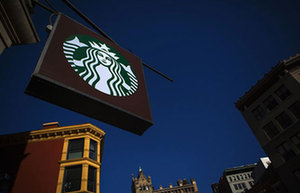 |
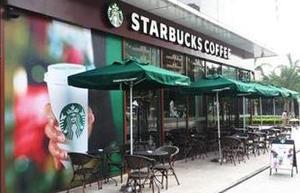 |
| China's coffee market taking time to brew | Starbucks' pricing furor brings tempest in a coffee pot |
- Xinjiang sets up trade zone in border county
- China's wealth management products total $2.1 trillion
- 17.2b yuan lock-up shares eligible for trade
- Biosimilars provide new growth options
- Stem cells offer ray of hope for healthy future
- Better funding plans vital for biotech firms
- Chinese consumers move from cash to credit to buy cars
- High speed train attendants receive training in Chongqing


